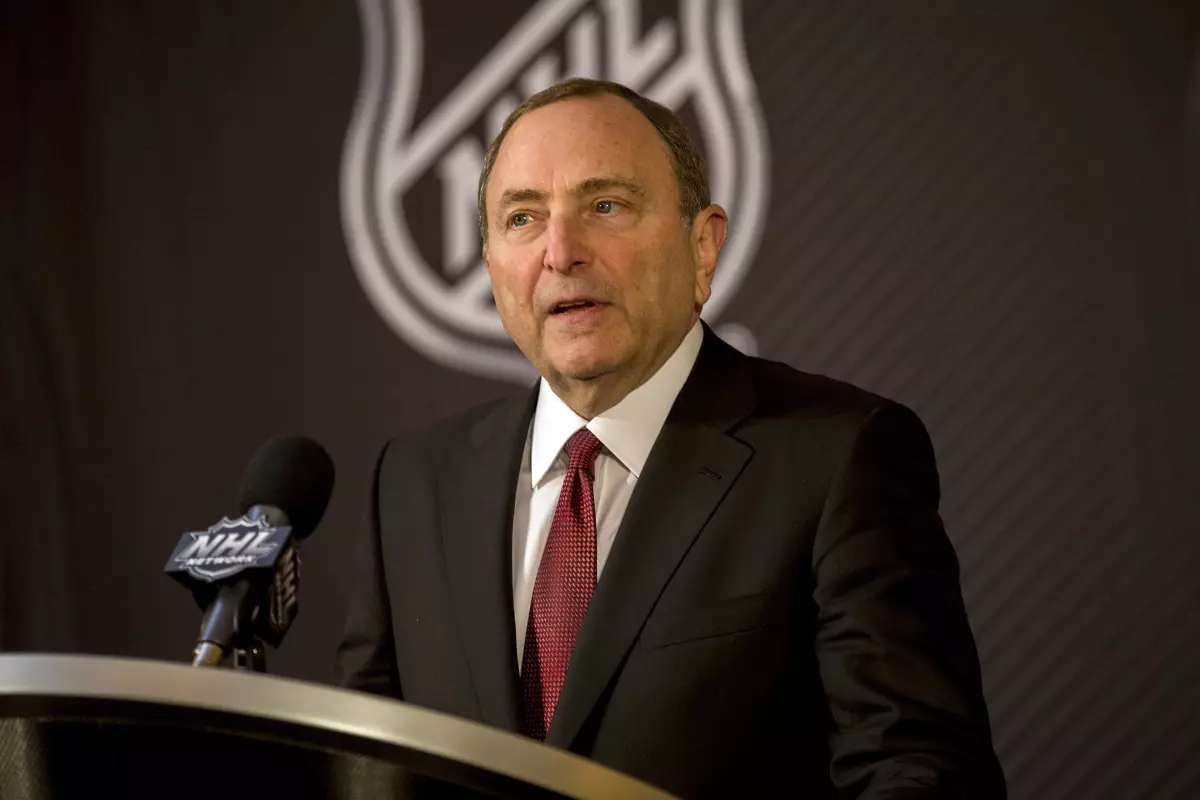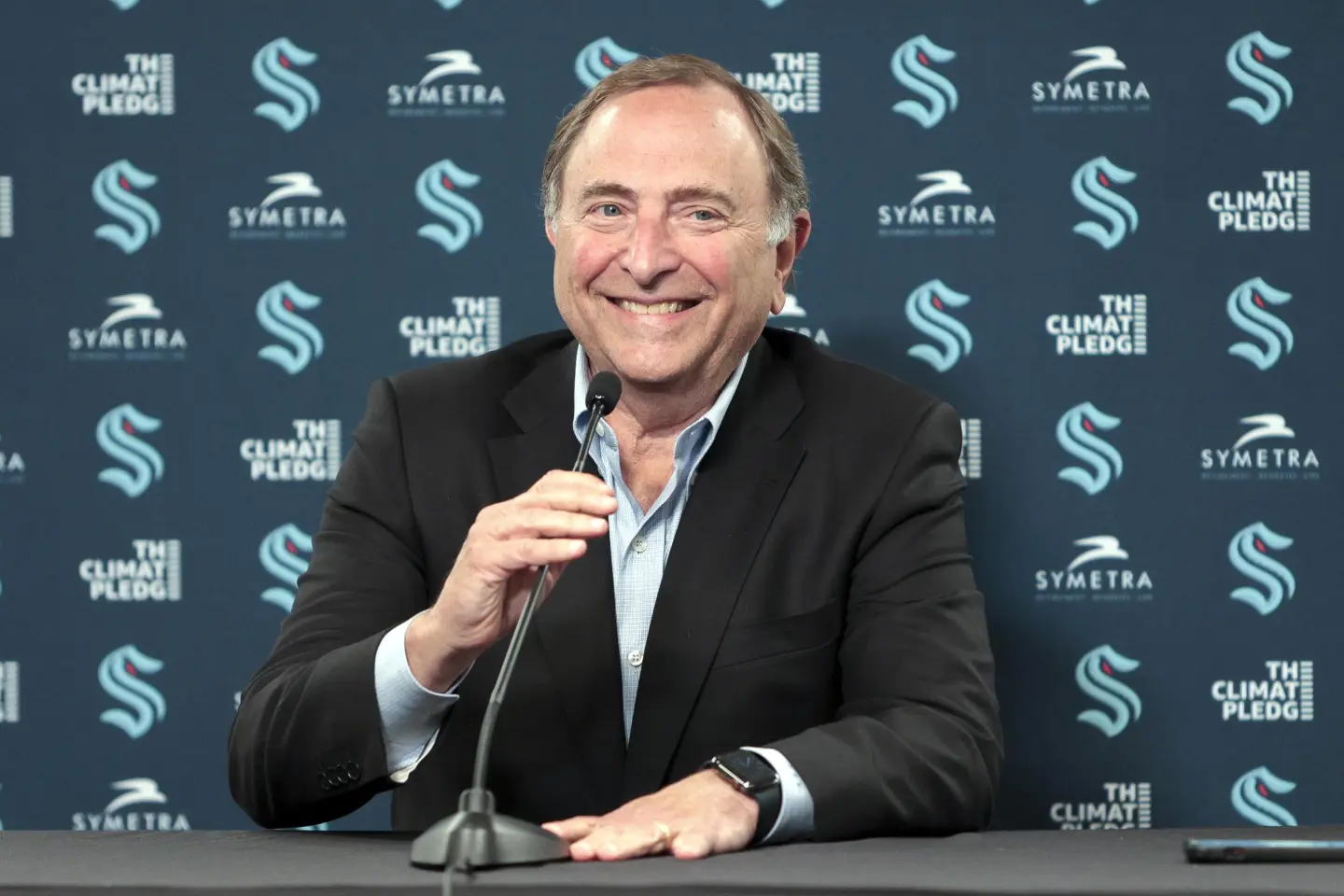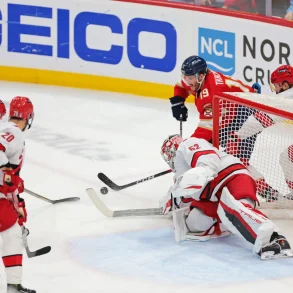The NHL’s salary-cap situation has been quite dull over the past few years.
The COVID-19 pandemic in 2020 hit the league hard, causing revenues to drop by nearly 20 percent in 2019-20, and then a further 40 percent in 2020-21. To handle the loss in revenue, the NHL created a pandemic agreement that greatly limited salary cap growth.
As a result, between 2019-20 and 2023-24, the salary cap only increased by $2 million, which created difficulties for team managers and player agents. Even after the COVID-19 debt was paid off, the cap increase was limited to a maximum of 5 percent per year, which is what the NHL saw this season (from $83.5 million to $88 million).
However, this period is nearly over, and it may end with a significant change.
Sportsnet’s Elliotte Friedman reported on Hockey Night in Canada that the NHL may need to negotiate a much higher salary cap than what the 2020 agreement allows, possibly starting next summer.
The reason for this is that, with the players’ escrow debt paid off and a new CBA expected in 2026, the salary cap will once again be tied to league revenues, just like it was from 2005-06 to 2019-20.
As you can see from the numbers in the table above, NHL revenues increased by over 20 percent last season compared to pre-pandemic levels. However, the salary cap has only risen by 8 percent, with most of that increase happening this past offseason.
From 2006 to 2019, the NHL set the salary cap directly based on the previous season’s revenue, using a complex formula that divided the players’ 50 percent share by the number of teams in the league.
If we use those calculations and base them on last season’s estimated revenue of $6.2 billion, the salary cap for this season could have been at least $95 million.
Next season, assuming revenues continue to grow by more than 8 percent, the “old style” salary cap calculations suggest a cap of about $105 million.
However, based on the 2020 Memorandum of Understanding with the NHLPA, these figures cannot be reached because of the 5 percent cap growth limit. Still, there is a provision that allows the two sides to negotiate a higher salary cap, which is what Friedman is referring to.
Friedman’s report explained that these upcoming negotiations could lead to a cap between $95 and $97 million next season, or an increase of $7 to $9 million—potentially twice the expected $4.4 million rise for 2025-26.
Why would the NHL want to negotiate a higher salary cap than the current agreement allows?
The main reason is that the salary cap will eventually be tied back to hockey-related revenues. If the league insists on sticking to just a 5 percent increase and setting the cap at $92.4 million for next season, they could face a huge jump in the cap for 2026-27, which could create major problems.
Revenues next season could easily go above $7 billion. If the 2026 salary cap calculation follows the same method as before the pandemic, the salary cap could reach $112 million or more, leading to an incredible jump of about $20 million in just one offseason.

As I mentioned, this could cause chaos. (And it would come just in time for Connor McDavid to be a free agent too!)
However, there are some important things to keep in mind. We’re guessing what revenues will be far into the future, and we’re also guessing how the salary cap will work in a new agreement that hasn’t even started being negotiated.
We also aren’t considering that past salary cap calculations often caused players to pay a lot of money in escrow, where part of their salary was withheld, sometimes up to 17 percent.
Players really dislike escrow and don’t want to return to the high withholding rates they had six or seven years ago. So, pushing for as much salary cap growth as possible might not be the best idea for them.
This could influence how the salary cap calculations will work in future agreements.
While players will still be paid the same total amount, no matter what, since their salaries are tied to revenues, a higher salary cap does have some benefits. More cap space each season means more teams can compete for free agents, giving players more options. More cap space also makes it easier for teams to keep their current players, instead of making trades or buyouts to make changes.
A higher salary cap creates more flexibility in the system. When the cap stagnates, it can cause problems.
I think what will likely happen is that the league will try to estimate where revenues might be next season and find a middle ground, a “bridge” cap number for 2025-26, somewhere between this season’s $88 million and whatever the cap will be in the first year of the new CBA in 2026-27.
Based on what we know, that number will probably be higher than $92.4 million. Friedman’s suggestion of $97 million seems like a reasonable target.
But the NHL and NHLPA will have to agree on how much higher the cap should go above the built-in 5 percent increase.
The good news is that, from what we hear, this CBA negotiation is not expected to be a battle. Insiders are calling this a “peacetime negotiation” for a reason. People behind the scenes, on both sides, are saying there is no desire for a lockout or strike right now.
So, it seems unlikely that the owners will try to lower the players’ 50 percent share of revenue, which means things may return to the way they were before the pandemic.
And yes, we can expect more regular salary cap growth each year, unlike what we’ve seen since 2019.







